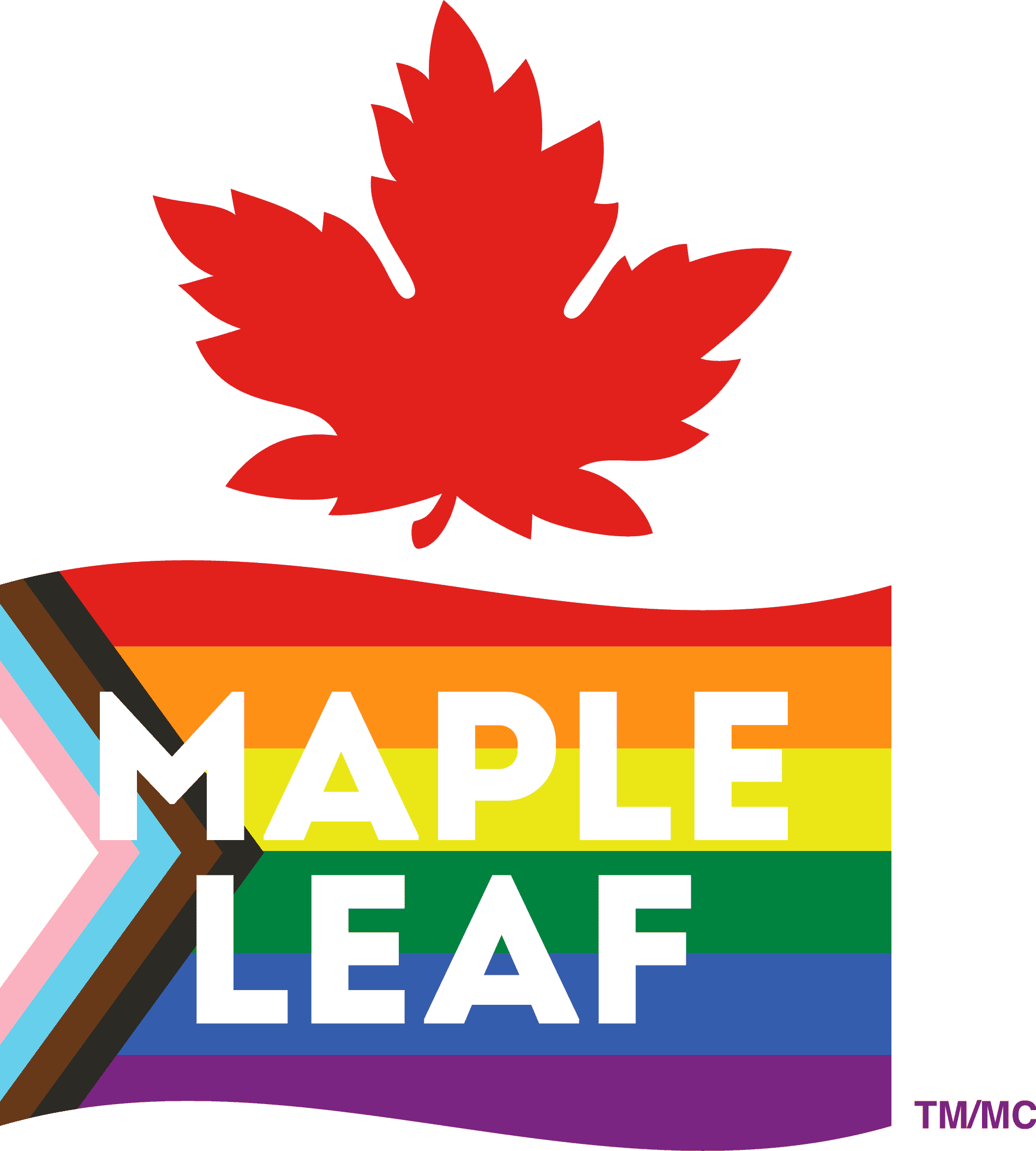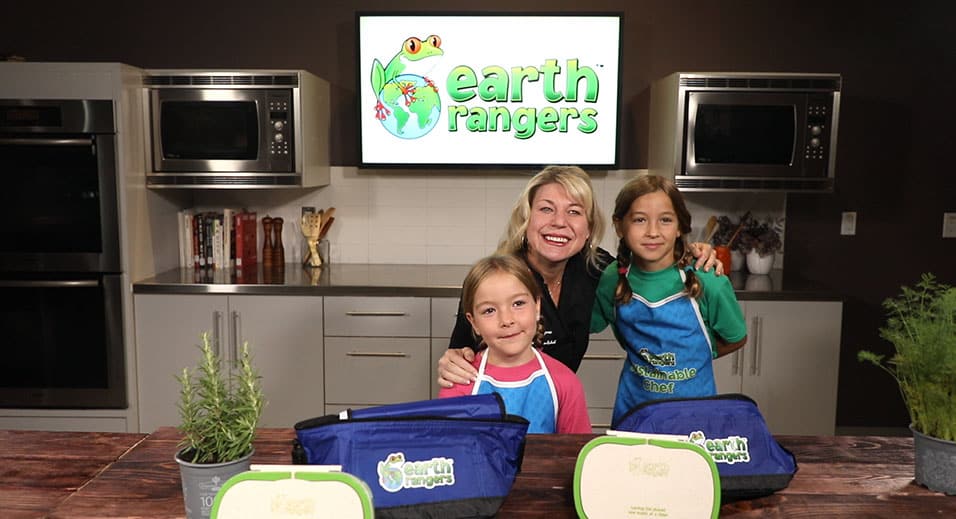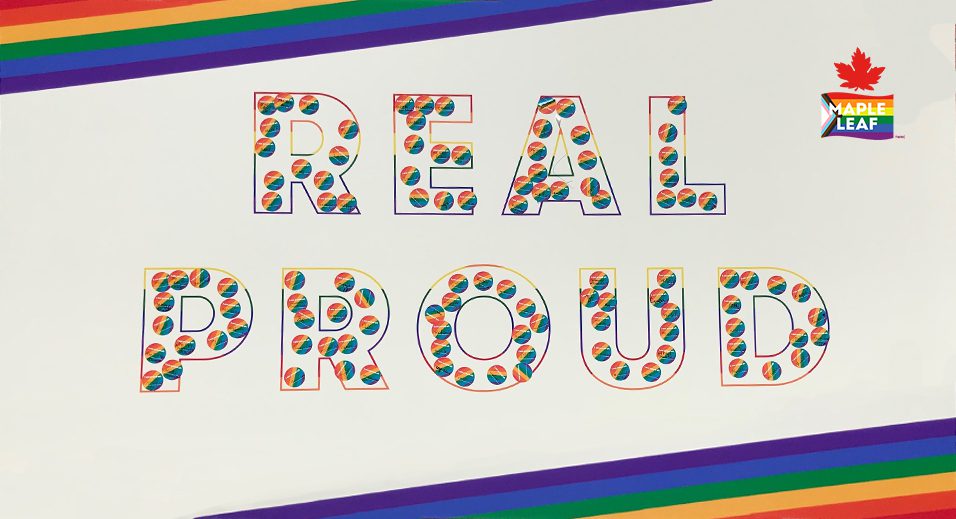From buying in bulk to ‘upcooking’ leftovers, there are countless ways to introduce environmentally friendly habits into your lunch-making routine
By Chef Sam Lazuric, Corporate Chef, Maple Leaf Foods
With many schools increasingly adopting “Litterless Lunch” policies, parents may feel the pressure to pack more eco-friendly lunchboxes for their kids. Gone are the days of individual juice boxes and pudding cups that end up in landfills after lunch time is over.
In fact, 89% of Canadians believe too many foods rely on excess packaging. That’s why I’m sharing ideas for a no-waste lunch this back-to-school season.
Did you know that Maple Leaf Foods is a carbon neutral food company? We’re committed to helping preserve the planet for future generations. One way we do that is by developing sustainable packaging so that you can rest assured you’re purchasing eco-friendly products from our family of brands.
Here are my three tips to create your own ‘recipe’ for a Litterless Lunch.
1. Portion your meals to reduce packaging
Buy food you’ll use in your child’s lunch, like yogurt or applesauce, in family size portions. Purchasing a big tub that you can portion into reusable containers, rather than individually packaged cups, will help avoid wasteful packaging.
Put reusable or wooden cutlery, a cloth napkin, and a reusable cup or water bottle into your child’s lunch box to reduce what’s thrown away. A water bottle is also something you can personalize so kids can identify with their own unique personalities.
2. Consider where your food is coming from and support a sustainable business
If possible, grow your own lettuce, herbs, or vegetables. This saves on packaging and transportation-related emissions, which helps reduce your carbon footprint. It’s also a great activity for engaging the kids. But, if you’re unable to plant your own produce, buying local also assists local farming.
When shopping, look for products from companies that are prioritizing eco-friendly initiatives. This is usually identified in packaging. For example, the Carbon Zero logo on Maple Leaf Foods products means we prioritize reducing and balancing out carbon emissions and making a positive impact on the environment. Fun tip: try Maple Leaf Natural Selections® cold cuts for sandwiches and use cookie cutters to create fun shapes your kids will love!
3. Meal plan, ‘upcook’, and make your own environmentally friendly snacks
Instead of buying individually wrapped snacks at the grocery store, try healthier, more environmentally conscious options. You could also turn this into a Sunday activity with the kids by batch-making homemade granola bars. Not only can this be a fun family activity, but you’ll save countless wrappers from going to a landfill.
Meal planning helps to reduce food waste. Are you likely to have leftovers that can be ‘upcooked’ and added to your child’s lunch? Leftover chicken from last night’s dinner can be used on a sandwich, or leftover bacon from breakfast can be a tasty salad topping. Check out my past blog with tips on how to ‘upcook’ leftovers from a dinner party!
It’s easy to be an ‘eco hero’ this school year with more sustainable lunchboxes. From being mindful of eco-friendly packaging to getting creative with leftovers, there’s plenty of ways to create your own ‘litterless lunch’ while also making it fun and engaging for kids.
Compliment your Litterless Lunches with Maple Leaf’s sustainable products
Maple Leaf Foods is a carbon neutral food company. When you choose our environmentally friendly products with a Carbon Zero logo, you’re supporting efforts to build a carbon neutral world.
While research from Maple Leaf Foods shows that 76% of Canadians would like tips for little changes they can make in everyday life that would benefit the environment, it can be difficult to know where to start. That’s why we’re running a ‘Little Changes, Big Impact’ campaign to raise awareness of little changes you can make in your household to help the planet.
Our research also reveals that 64% of Canadians think that kids are generally more aware of environmentally friendly initiatives than their parents. Consider enhancing your knowledge by learning from your kids and working together to build their Litterless Lunches!
In the end, there’s no Planet B. We need to care for the one we have now — and my Litterless Lunch ideas can get your family one step closer to creating a waste free world.


